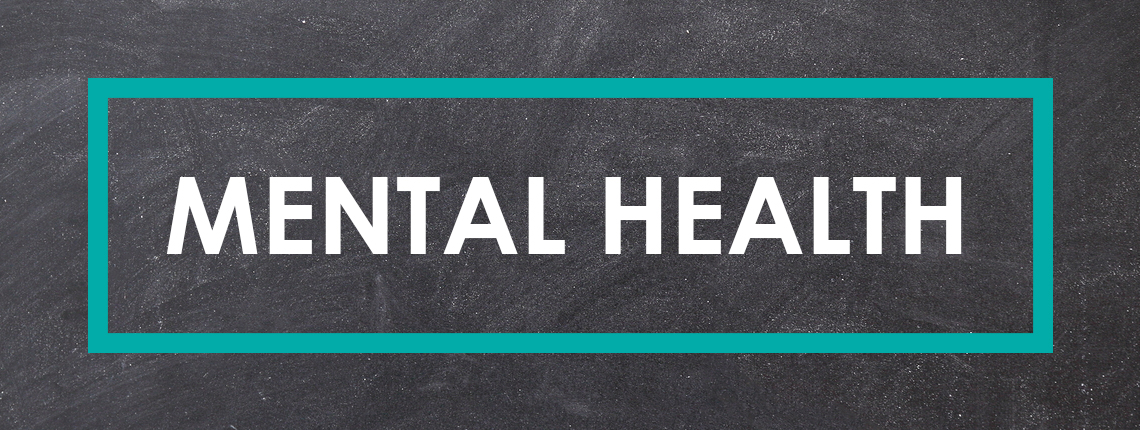Millions of our nation’s students are dealing with mental health related problems, according to NPR Ed. When students need help, teachers are often the first responders. So, we talked to Melody Stiles, a third-grade teacher certified in special education, to learn some things teachers can do right now to support the mental health needs of their students.
For the past three years, Melody taught at a school with a large refugee population. 98% of her students qualified for free or reduced lunch. “There was a lot of trauma and things that we needed to work through as far as social skills and emotional health,” Melody said. “It was something we really had to address, and regularly come back to and reteach.”
Here’s what Melody said worked well in her classroom (and was fun for the kids, too!).
1. Weekly Skills
Teaching a weekly social-emotional learning (SEL) skill like how to resolve conflict, respecting others, or taking turns, can be an effective way to address behavior issues like bullying. According to CASEL, SEL programs have shown immediate and long-term improvements in student mental health.
“A lot of the time, bullying and disagreements happen at recess, so after recess we’d have reflective conversations,” Melody said. “I’d ask things like ‘so how did you resolve conflict at recess today?’ and then we’d practice those skills.”
2. Picture Books
“There’s a lot of picture books out there that teach social skills,” Melody said. Some picture books she’s found to be particularly helpful are:
- “But it’s Not my Fault” by Julia Cook
- “Enemy Pie” by Derek Munson
- “Howard B. Wigglebottom Learns About Bullies” by Howard Binkow
- “Manners on the Playground” by Carrie Finn
- “The Girl Who Never Made Mistakes” by Gary Rubinstein and Mark Pett
After reading a book with your students, you can have a discussion around the topic of the book, and use a journal prompt so students can reflect on what they’ve learned. It’s also important to review the topic throughout the week. Melody suggests using Weekly Skills as a method to revisit what your students have learned.
3. Role Playing
“The books are really helpful but so is the role playing that follows,” Melody said. Acting out right vs. wrong with your students can be a fun exercise that teaches character and social skills. When role playing, Melody recommends using real examples your students can relate to. “Because I was out there with them at recess I saw a lot of the problems happening, so I used examples of things they faced every day.”
Melody was able to buy a lot of the picture books she uses in her classroom with the Inclusive Classroom Grant she received last year. Do you need more resources to address the mental health needs of your students? Our Inclusive Classroom Fund supports teachers who are looking to make their classrooms more accommodating for all of their students.
If your classrooms isn’t registered on AdoptAClassroom.org yet, click here to register now. It takes less than 10 minutes, and it’s free! We’ll notify you when our classroom grant applications are open so you can apply for the funding you need.
For more ideas on how to manage mental health in your classroom, visit us on Pinterest.
